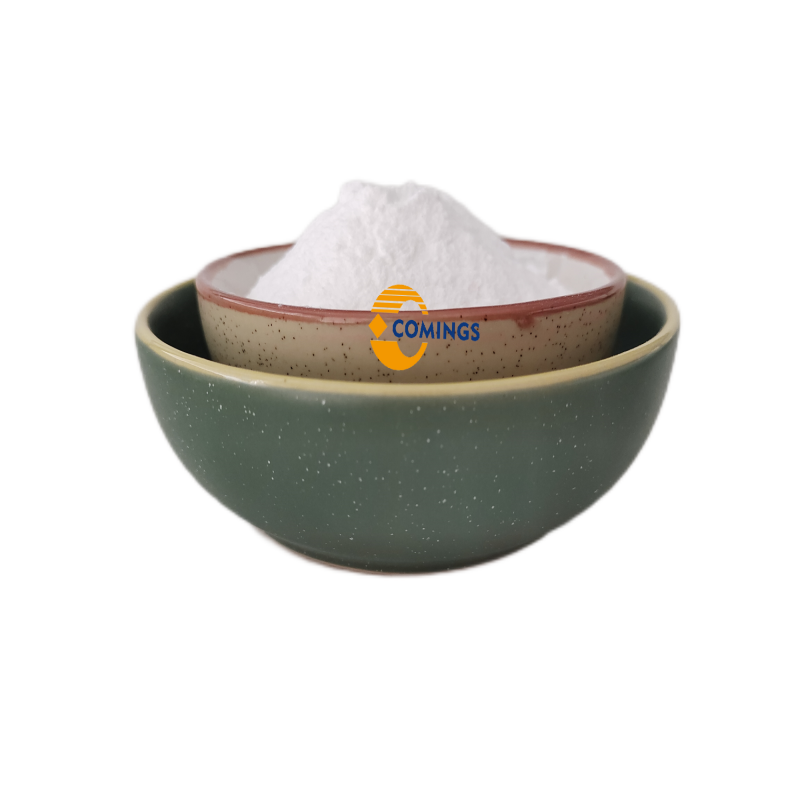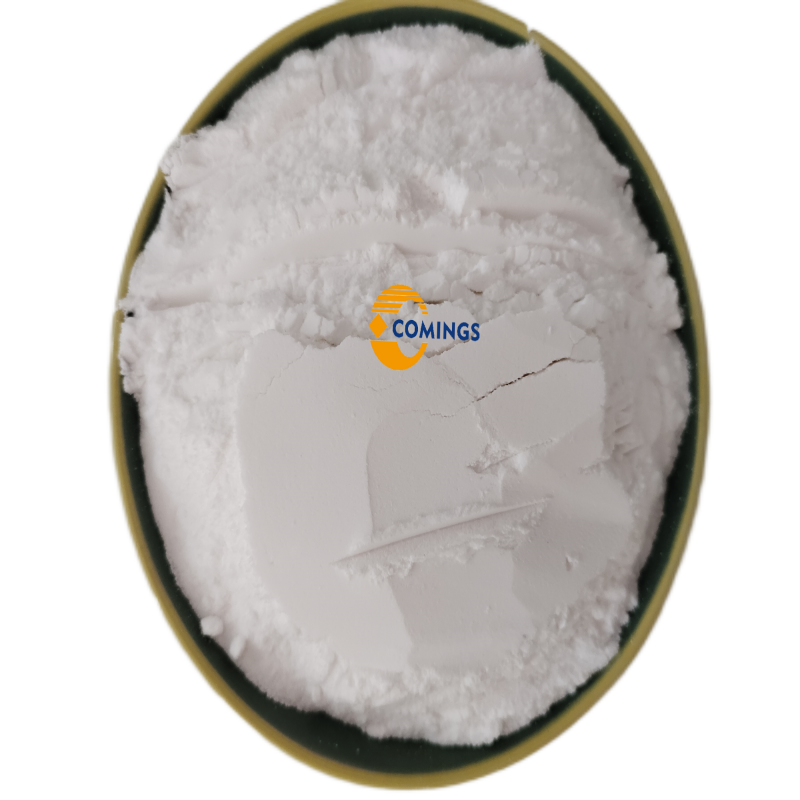-
Categories
-
Pharmaceutical Intermediates
-
Active Pharmaceutical Ingredients
-
Food Additives
- Industrial Coatings
- Agrochemicals
- Dyes and Pigments
- Surfactant
- Flavors and Fragrances
- Chemical Reagents
- Catalyst and Auxiliary
- Natural Products
- Inorganic Chemistry
-
Organic Chemistry
-
Biochemical Engineering
- Analytical Chemistry
-
Cosmetic Ingredient
- Water Treatment Chemical
-
Pharmaceutical Intermediates
Promotion
ECHEMI Mall
Wholesale
Weekly Price
Exhibition
News
-
Trade Service
Streptomycin sulfate is an antibiotic that is widely used to treat a variety of bacterial infections.
It is produced through a complex process that involves the fermentation of a specific strain of Streptomyces bacteria, followed by a series of chemical reactions that convert the fermentation product into streptomycin sulfate.
In this article, we will take a closer look at the production process of streptomycin sulfate, from the cultivation of the bacteria to the final product.
- Cultivation of Streptomyces bacteria
The production of streptomycin sulfate begins with the cultivation of a specific strain of Streptomyces bacteria.
This bacterium is known as Streptomyces griseus and is commonly found in soil.
In order to ensure a consistent supply of the bacteria, it is typically cultivated in a controlled environment, such as a laboratory or industrial facility. - Fermentation
Once the bacteria are cultivated, they are transferred to a fermentation vessel, where they are grown in a nutrient-rich medium.
As the bacteria grow, they produce a mixture of chemicals, including streptomycin.
This process can take several days to complete, depending on the size of the fermentation vessel and the specific conditions used. - Extraction and Purification
After the fermentation is complete, the mixture of chemicals is extracted from the bacteria and purified to obtain pure streptomycin.
This is typically done through a series of chemical reactions, such as precipitation, crystallization, and chromatography.
These reactions help to separate the streptomycin from other impurities and produce a pure form of the antibiotic. - Conversion to Streptomycin Sulfate
The final step in the production of streptomycin sulfate involves the conversion of streptomycin to the sulfate form.
This is typically done by treating the pure streptomycin with a solution of sulfuric acid.
The reaction produces streptomycin sulfate, which is a water-soluble form of the antibiotic that is easier to administer to patients. - Quality Control
Throughout the production process, quality control measures are in place to ensure that the final product meets all relevant standards for purity and efficacy.
This may involve testing the streptomycin sulfate for its ability to inhibit the growth of bacteria, as well as checking for the presence of any impurities or contaminants. - Packaging and Distribution
Once the streptomycin sulfate has been produced and quality-checked, it is packaged in appropriate containers and distributed to medical facilities and pharmacies around the world.
The packaging must comply with all relevant regulations, including labeling requirements and storage conditions.
In conclusion, the production of streptomycin sulfate is a complex process that requires careful attention to detail and a controlled environment.
From the cultivation of the Streptomyces bacteria to the final product, each step of the process is crucial to ensuring that the antibiotic is safe and effective for use in treating bacterial infections.
As the demand for antibiotics continues to increase, it is important that we continue to develop and refine our production processes to ensure that we can meet that demand while maintaining the highest standards of quality and safety.







